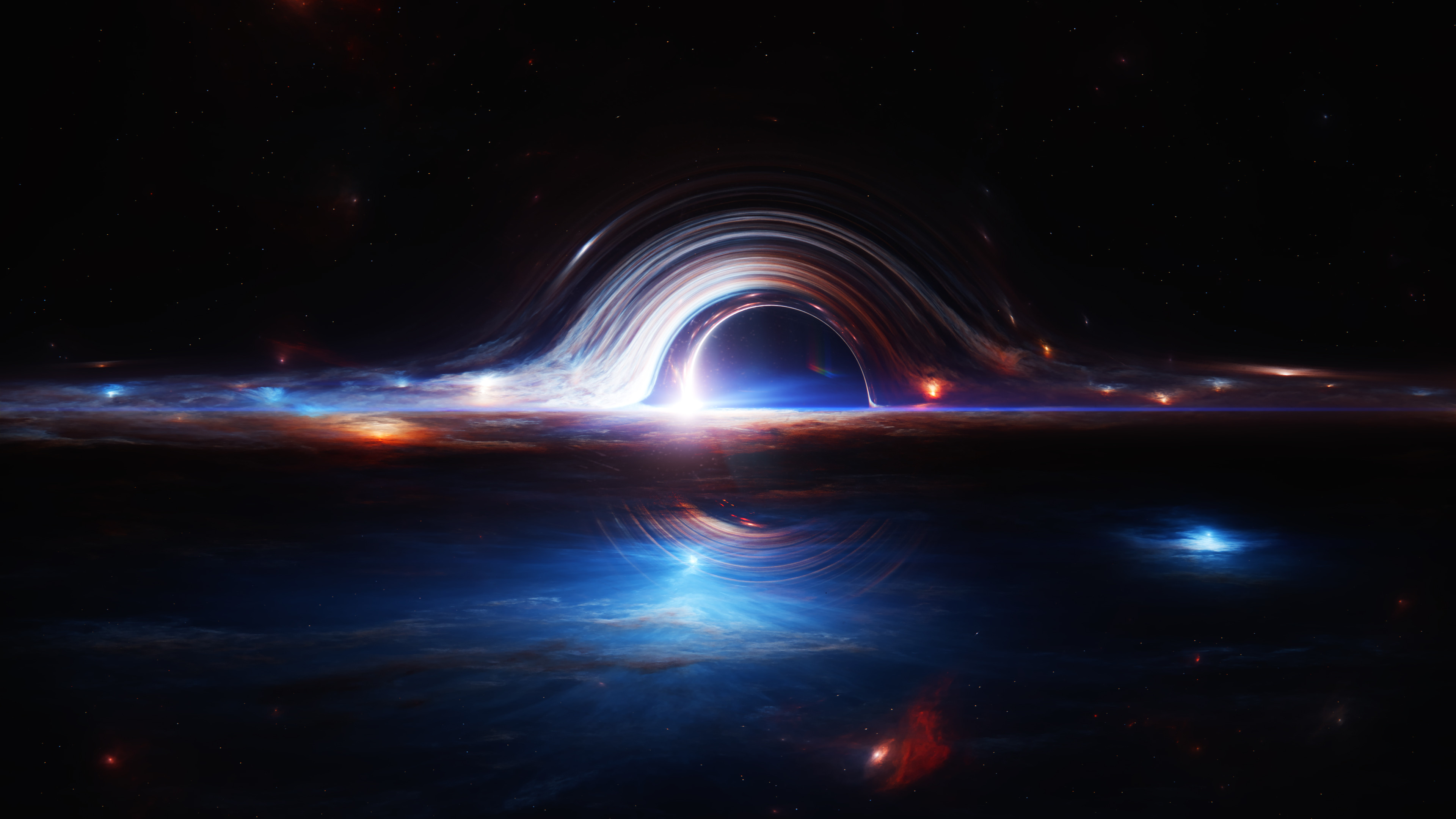Introduction: Beyond the Event Horizon
Welcome, fellow cosmic wanderer! In this blog, we’ll delve into the heart of darkness—the black hole. Imagine standing on the precipice of an abyss, where gravity warps space and time itself. Buckle up; we’re about to explore the most mind-bending phenomena in the universe.
Chapter 1: Anatomy of a Black Hole
The Singularity
At the core of a black hole lies the singularity—a point of infinite density. Imagine all the mass of a collapsed star crammed into a space smaller than an atom. It’s the ultimate cosmic crush.
Event Horizon
The event horizon marks the boundary beyond which escape is impossible. Once you cross it, not even light can flee. It’s like stepping into a cosmic Roomba that vacuums up everything—stars, planets, and your favorite socks.
Chapter 2: Types of Black Holes
Stellar Black Holes
Formed from massive stars that collapse under their own gravity, stellar black holes are the rock stars of the cosmic underworld. They’re the remnants of supernovae, where gravity wins the ultimate battle.
Supermassive Black Holes
Picture a black hole with a voracious appetite, devouring entire galaxies. These cosmic behemoths reside at the centers of galaxies, including our Milky Way. They’re like the gravitational DJs, spinning galaxies into existence.
Mini Black Holes (The Snack-Size Version)
Hypothetical mini black holes might exist, but they’re elusive. Imagine a pocket-sized singularity—perfect for interstellar picnics.
Chapter 3: The Art of Falling In
Spaghettification
As you approach a black hole, tidal forces stretch you like cosmic taffy. Your feet feel the pull more than your head, turning you into a human noodle. It’s the ultimate bad hair day.
Time Dilation
Near a black hole, time slows down. You age at a glacial pace while the universe races ahead. Forget anti-aging creams; just book a one-way ticket to a black hole.
Chapter 4: Black Hole Mysteries
Information Paradox
When stuff falls into a black hole, it’s like tossing a book into a shredder. But quantum physics whispers secrets: information might survive, encoded in the event horizon’s holographic graffiti.
Hawking Radiation
Even black holes can’t resist a little party trick. Stephen Hawking theorized that they emit faint radiation—like a cosmic whisper. It’s the universe’s way of saying, “Hey, I’m not entirely heartless.”
Conclusion: Beyond the Veil
As we wrap up our cosmic tour, remember that black holes aren’t just celestial monsters; they’re cosmic storytellers. They warp reality, challenge our understanding, and inspire awe. So next time you gaze at the night sky, tip your hat to these enigmatic voids—they’re the universe’s best-kept secrets.
And with that, fellow stargazer, our black hole survival guide reaches its event horizon.
Sources:

